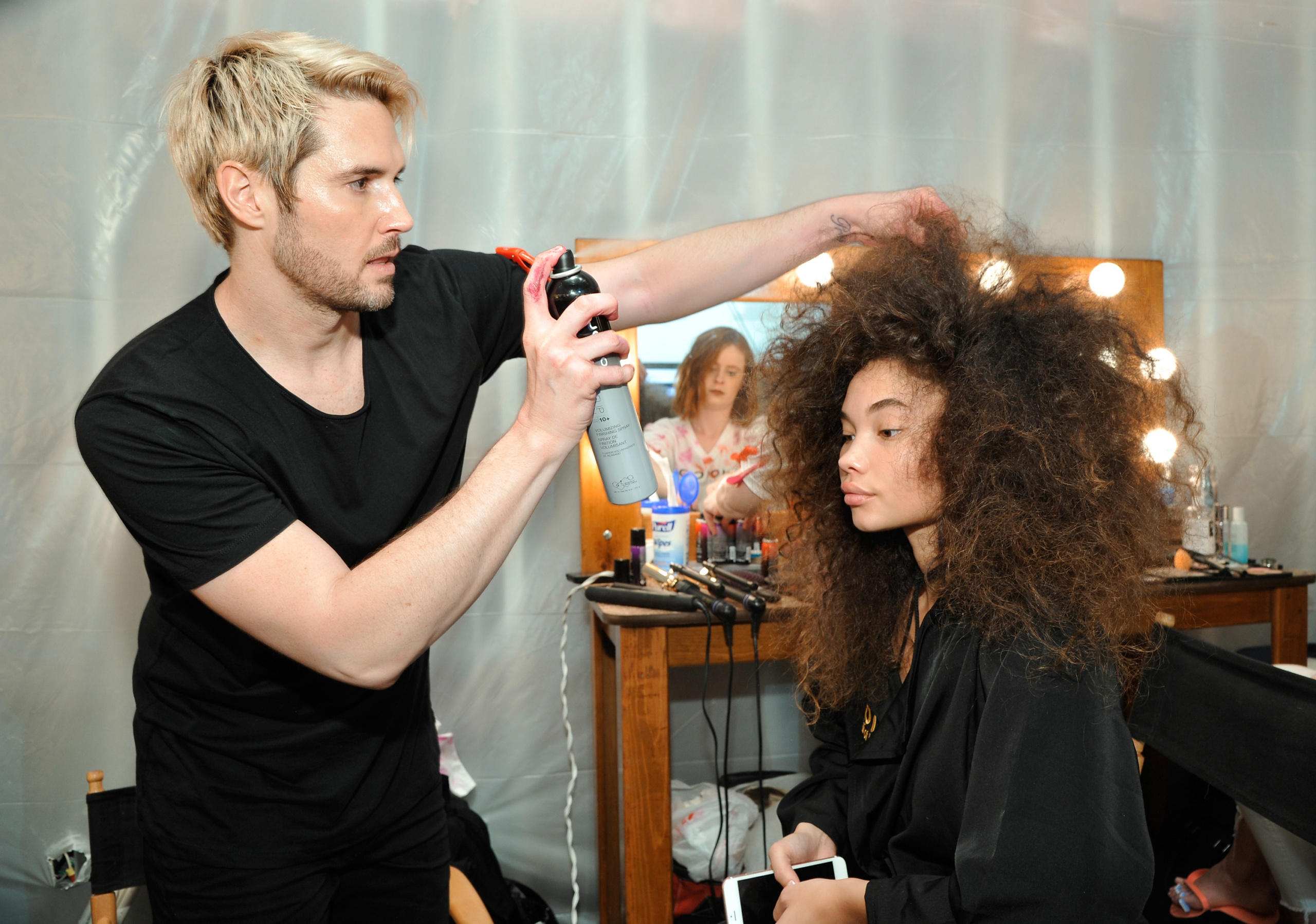Some individuals find their calling in hair styling. It’s an opportunity to give people confidence.
When you start this career path, you must take care of a few business requirements first. For example, obtain your cosmetology license. Then, figure out if you want to work in a salon or set up a mobile operation.
Hair stylists have several methods for collecting payments from clients. Once the income starts coming in, keep track so you can pay your taxes quarterly and annually.
For those considering starting a career as a hair stylist, here’s what to consider.
1. Salon or Mobile?
In 2022, professionals in several industries can work remotely or on-site. The food industry proved that it’s possible to set up a food truck and create a loyal following.
The same is true for hair stylists. You have the option to rent a chair in a salon. You can also work as an employee for franchise locations of hair styling corporations.
Another option is to become a freelancer with a mobile service.
Mobile hair stylists travel to their clients. You may arrive at their homes, hotel rooms, or business locations.
Each option has a set of pros and cons. Pick the one that best suits your potential income and preferences.
Remember, celebrities pay the travel costs for their favorite stylists.
2. Skill Level
The annual fashion shows in Paris, Milan, and New York set the trends for the seasons. The shows set the clothing trends; they also set hair and makeup trends.
When you start your career as a hair stylist, assess your skill level. Can you handle a client who requests the hairdo that they saw on the runways? Moreover, can you replicate a hairstyle from a magazine, social media post, or picture?
Freelancers in all fields must keep their skills in top shape, even if they pick a specialty. You can keep your demand steady when you can take on different services during the downtimes.
3. Equipment Investment
Your niche will dictate the equipment that you need. Basic hair styling equipment includes:
- Scissors and shears
- Hair dryer
- Assortment of combs and brushes
- Flat iron
- Clips
- Gown
Then, you need equipment that suits your specialty. For example, stylists who dye hair require an assortment of dyes, towels, and gloves.
If you will work with hair extensions, acquire an inventory of the hair. Then, you need spray water bottles, rubber bands, and brackets.
4. Business License
Hair styling falls into the cosmetology category. All 50 states have cosmetology licensing requirements. Thus, as you prepare for your career, ensure that you can meet them.
Then, take the tests and pay the fees.
Most states require a minimum number of training hours. Next, applicants must pass a written test. After you pass the test the first time, find out the renewal requirements in your state that can change.
For example, California has decreased the number of training hours required to obtain a license.
5. Business Insurance
The United States remains a litigious nation. Therefore, start researching the cost of business insurance for hair stylists.
Insurance policies to consider are:
- General liability
- Professional liability
- Errors and omissions
Men and women see their hair as an important part of their persona. Hair stylists deal with people’s insecurities as they pertain to the tops of their heads.
Sometimes the hair color doesn’t turn out the way the client thought. A few days later they might realize that the perm was a mistake.
Stylists must protect themselves with insurance like any other profession.
6. Client Acquisition
As you fulfill the legal and business requirements for your career path, start thinking about client acquisition strategies too.
For stylists, Instagram remains a go-to marketing tool. You can post pictures of finished styles and short videos. Then, the appropriate tags allow local clients to find you.
7. Business Taxes
Acquiring clients means that you’ll earn an income. In the eyes of the IRS, the income quickly becomes taxable. Unless you work for a franchise or corporation, you will most likely fall into the self-employed tax bracket.
In addition, you can remain a sole proprietor or adopt a Limited Liability Corporation tax structure.
Conclusion
The good news is that once you get beyond the startup costs and paperwork, you can focus on your passion. Then, consider adopting software that will remind you about quarterly estimated tax payments, license renewals, and inventory replenishment. Hair stylists report a high job satisfaction rate. As a freelancer, you add a layer of happiness since you make your schedule.





